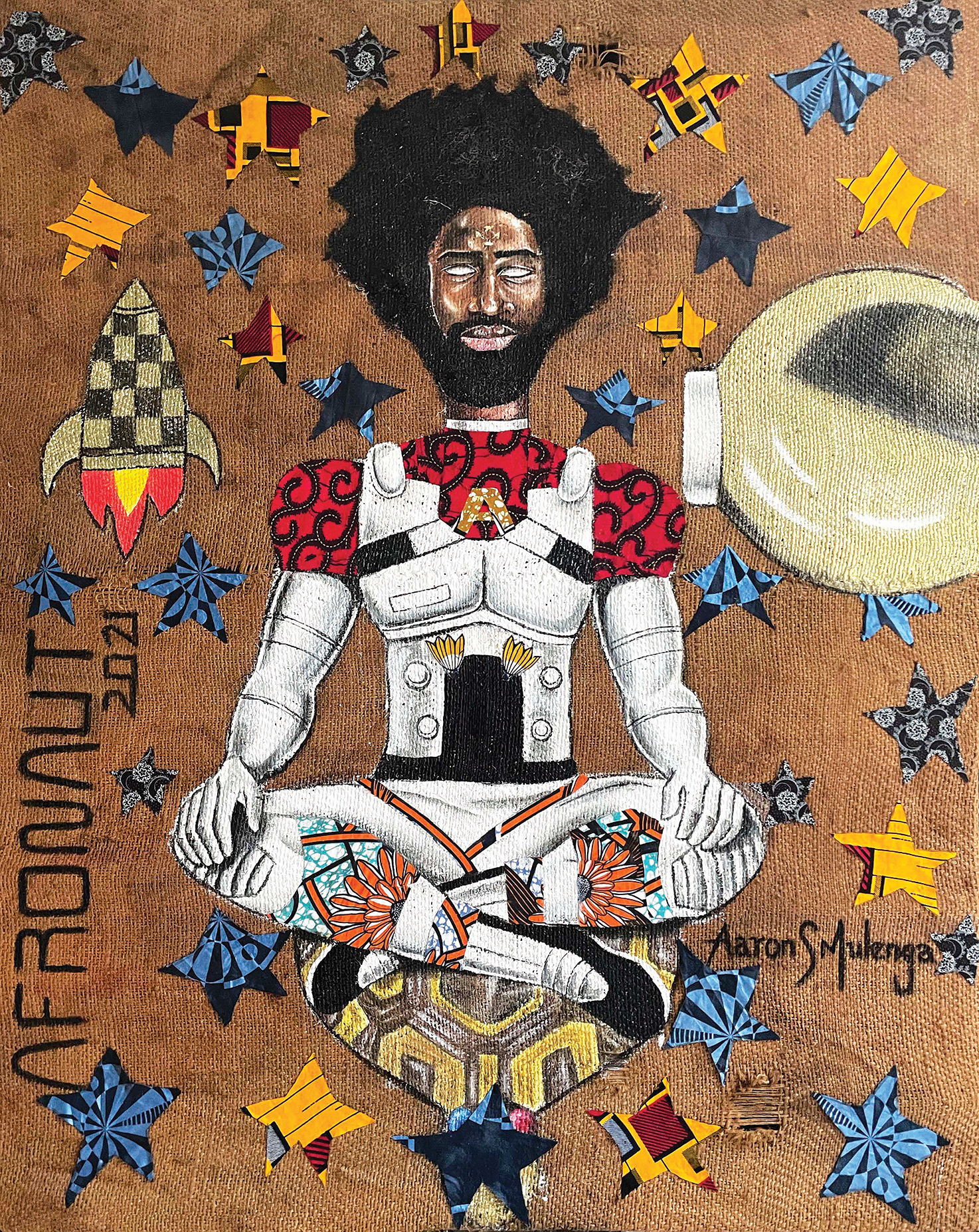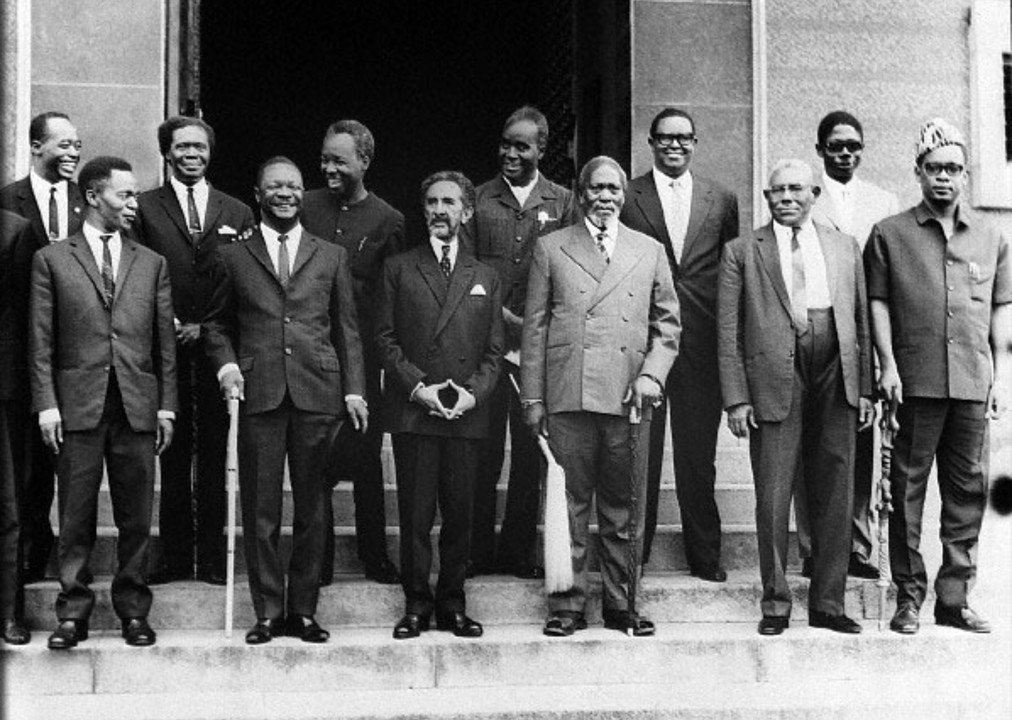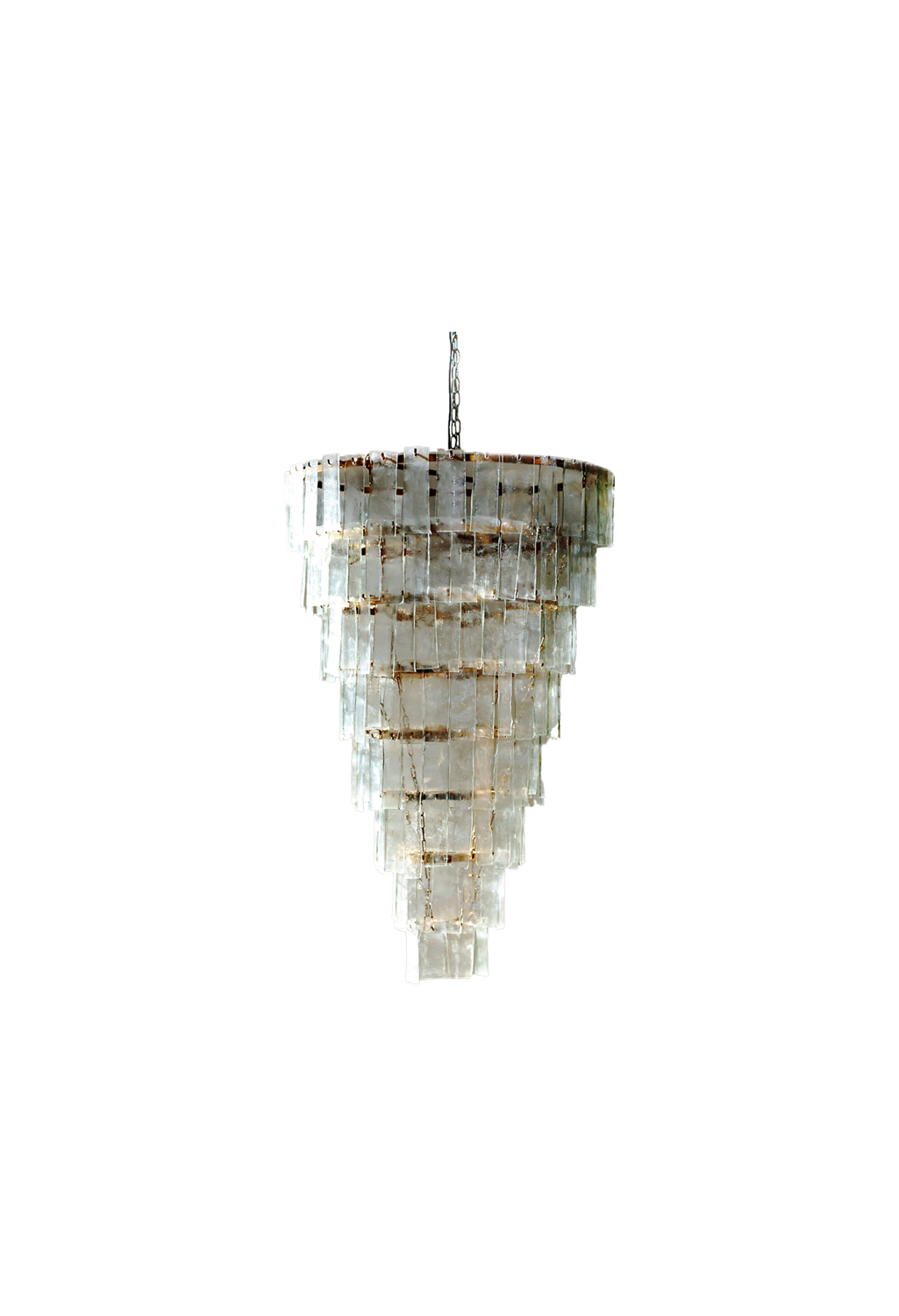On every piece of MUNPREET jewellery you’ll see a particular engraving in the Sikh alphabet. It translates to “Without fear. Without hate.” This is just one way Munpreet Virdy, co-founder and creative director of MUNPREET, embraces her Sikh heritage. But while she always respected her heritage, there was a time she lost interest in it. She lacked a sense of belonging and questioned her faith and identity. But after spending time away from home and her family Munpreet began to feel a need to connect with her roots.

Munpreet tells of how she felt explaining Sikh culture to people was a burden and she didn’t even like her own name. A quick Google search told me Munpreet is a Sanskrit word meaning “mind full of love and compassion.” Munpreet told me that definition was accurate and also added, “It means learning to love. It literally means to love myself.” She says the name was given to her with love and holds a lot of meaning in her culture. For her the way names are conferred is a way for our ancestors to remain a part of us. She also adds that she always uses the full version of her name and never goes with a nickname or shortened form.

Now based in Thailand, Munpreet was born and raised in Zambia. In 2000 she began studying art at the University of Indianapolis and then moved to New York City when she left university. Munpreet gives her family credit for never insisting she study a particular course but rather giving her the freedom to choose what she wanted and encouraging her interests.
While in the US and after her return to Zambia in 2007, Munpreet continued to have questions surrounding her roots. With time, she learnt to love her Sikh culture more. Munpreet says: “Being away from home I’d frequent the Sikh temple to be able to have some sort of connection. And when not there, I studied the history on various websites, through books and other channels and finally admitted to myself that it is a rich and fascinating heritage. And I belong to it.”

In 2012 Munpreet took a position at a Zambian fine jeweller, Jagoda. Munpreet always found gemstones enchanting. During her time at Jagoda she learnt as much as she could about fine jewellery, gemstones and luxury goods. Eager to learn even more, in 2015 Munpreet enrolled at the Gemological Institute of America and the Asian Institute of Gemological Sciences in Bangkok, Thailand. Munpreet fell in love with Thailand during her studies and decided to make it home. She still considers Zambia home and will always have ties here as she still has family in the country.
Three years after moving to Bangkok, Munpreet met Veronica, who would become a friend, as well as co-founder and CEO of MUNPREET Jewellery. Veronica worked as a corporate lawyer and then transitioned to become a strategy consultant focused on working with luxury brands. Besides her native Italy and Thailand, Veronica has lived in China and the UK. So both Munpreet and Veronica bring a wealth of multi-cultural experiences and knowledge to the table. The two partners infuse elements of their heritage as they work together. Consider, for example, the way in which MUNPREET pieces are packaged for customers. In 18th century India precious jewels were tightly wrapped in pieces of cloth. One such pouch or ‘potli’ was highly valued. They held heirlooms and important memories. When invaders came the pouches were thrown into wells and retrieved when the invasion was over and peace prevailed. For those discerning customers who get their hands on MUNPREET pieces, their purchase will be wrapped in a foulard, in a manner reminiscent of the potli. The foulards are solely sourced from fabric mills in Italy, Veronica’s home country. In this way, MUNPREET’s potlis marry elements of both co-founders’ backgrounds.
The Sikh Empire, originating on the Indian sub-continent and dating from around 1799 to 1849, was a multi-cultural one that was ahead of its time. It encouraged multi-cultural marriage, considered women and men as equals, did away with the caste system and deployed foreigners into their military, including Italians. In that sense, Sikhs and Italians have a history of collaboration, something that Munpreet and Veronica see themselves continuing. Additionally, the Sikh Empire promoted the arts and produced bold and glittering pieces of jewellery. This is another tradition Munpreet and Veronica are carrying on.
MUNPREET launched its first jewellery collection, called Ahimsa, in May of 2019. The Ahimsa Alive Pendant from this collection is Munpreet’s favourite as it is the first piece she designed. This distinct collection is inspired by the kirpan, a ceremonial sword or dagger carried by baptised Sikhs. The kirpan can only be raised in self-defence, without fear and without hate; it is not a weapon designed to cause harm. In fact, ahimsa is an ancient, non-violent philosophy. The Sanskrit word translates to ‘Do no harm.’
MUNPREET pieces marry modern, elegant design with ancient history and progressive ideals. The pieces (including bracelets, earrings, cufflinks and rings) invite us into a culture and history most of us never get to learn about. As the brand grows, so too will knowledge of the fascinating Sikh culture and history. And this can only be a good thing.
Quote:
You raised me with the mind of a queen and the spirit of a warrior. I could not see, this is my blood. Why do I run?
…I cannot say but I may have found my way… I am coming home to myself.
An excerpt from a letter Munpreet wrote to her father















